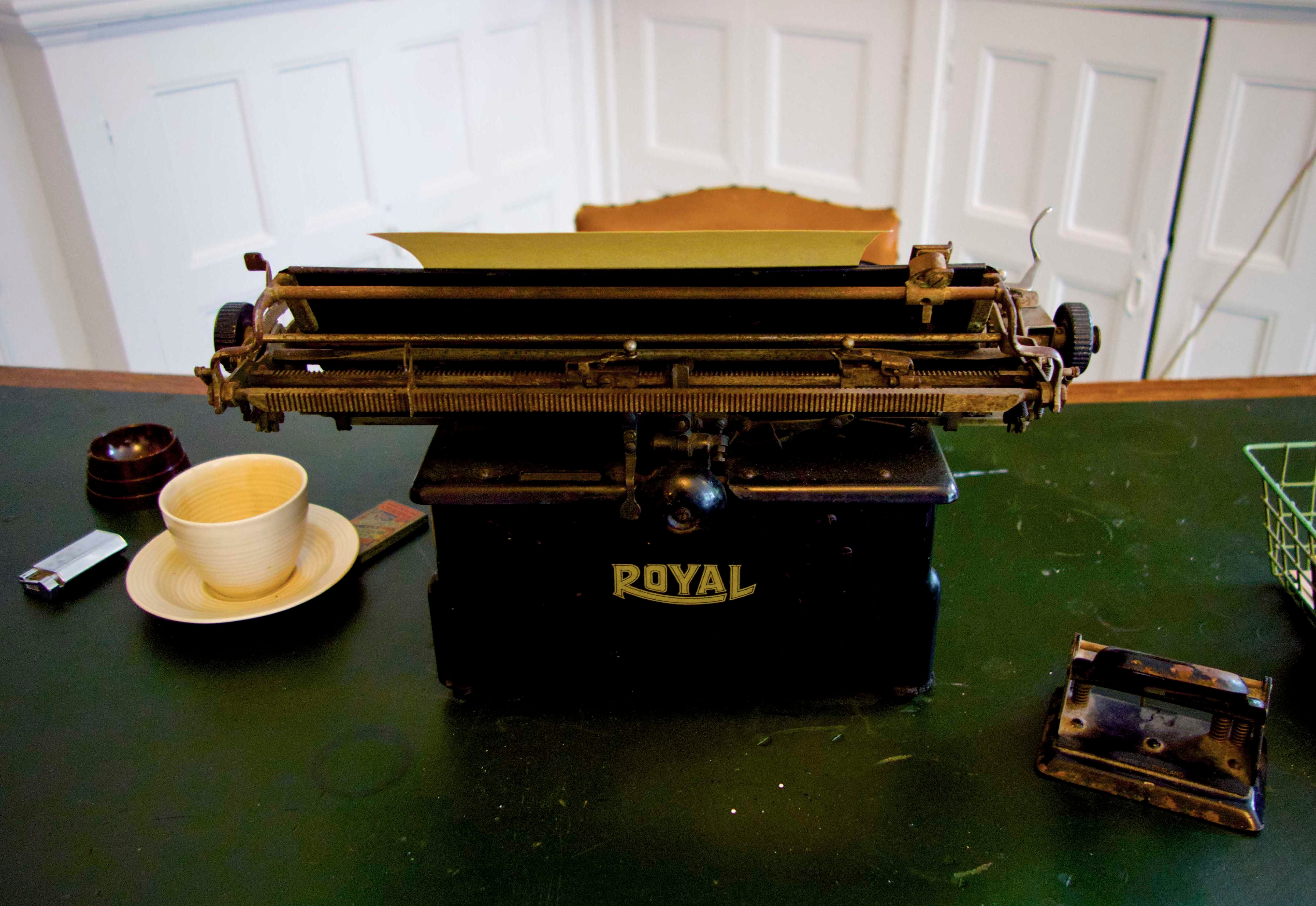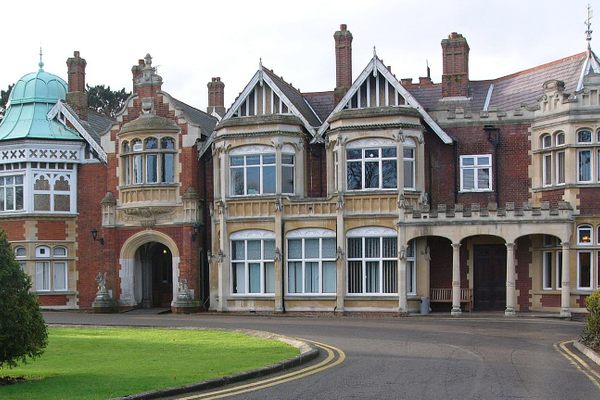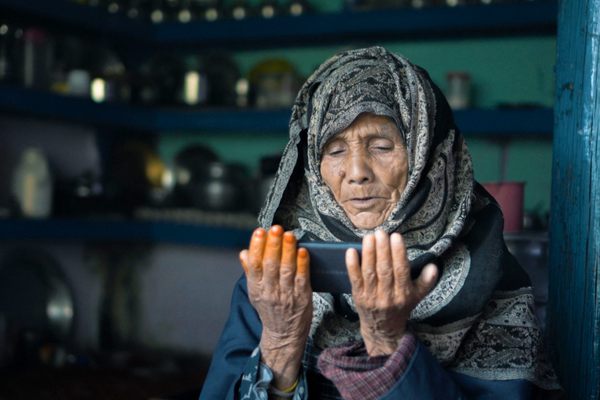During WWII, Bletchley Park Was Home to Codebreaking and Tea Shenanigans
Staff at “Station X” threw their teacups into lakes and stuffed them into hedges.

Deep in the English countryside, some 50 miles northwest of London, sits the sprawling estate known as Bletchley Park. Beneath its sleepy exterior, however, once lay a vital secret. During World War II, Bletchley Park (or “Station X”) was a critical part of the Allied effort to decipher and analyze intercepted Axis communications. Unbeknownst to the public, Bletchley Park housed translators, technicians, clerks, and, most famously, codebreakers. Their collective efforts may have shortened World War II by two to four years, according to some estimates. Perhaps inevitably, the geniuses toiling away at Bletchley Park were not without their eccentricities. Often, their unconventional habits manifested in the curious relationships they had to their teacups.

The estate features an imposing mansion, but the prefabricated “Huts” were where the site’s most important work took place: breaking German, Italian, and Japanese ciphers. Several Huts even contained the famed Bombe and Colossus code-cracking machines vital to the Allied war effort. Almost as importantly, at least for the perpetually overworked staff, one Hut housed a tea room.
Also situated on the estate is a large ornamental lake. This lake was one notable location where the teacup shenanigans of the Park’s “boffins” surfaced. Scholar and codebreaker Dilly Knox, whose work led to the decryption of over 140,000 messages of Germany’s military intelligence, would stroll along the shores of the lake, cup of tea in hand. If inspiration struck, he was known to throw his saucer and teacup into the convenient body of water before hurrying back to his station.

Josh Cooper, the head of Bletchley Park’s Air Section, was of legendary eccentricity. He would similarly hurl his cups into the lake as a matter of course—no stroke of inspiration needed. It was not unheard of for other codebreakers to gently set their cup and saucer upon the water’s surface and allow both to slowly float away. Following the war, Bletchley Park’s administrators dredged the lake in search of discarded code-breaking machines. What they found instead were mounds of discarded tea cups, saucers, and other cutlery.
As author Sinclair McKay noted in his book The Secret Life of Bletchley Park, teatime led to its fair share of “crockery friction.” Codebreakers not only discarded cups and saucers in the estate’s lake, but stuffed them into shrubs and hedges, much to the consternation of the administrators. Owing to losses of cups, saucers, and spoons, eventually the administration no longer supplied them to the staff of Bletchley Park. Those wishing to indulge in a cup of tea had to provide their own crockery. A 1940 memo admonished staff that “the rate of loss [of teacups and cutlery] is no less than five times that normally experienced in a man-of-war” (that is, a warship). The memo also sternly informed staff that site security would stop those absconding from dining halls with government cups and tableware.

Bletchley Park’s most famous codebreaker, Alan Turing, was not immune to this curious tea culture. Like many of his colleagues, Turing was something of an eccentric as well. (One quirk was his habit of traversing the countryside on his ramshackle bicycle while wearing a full gas mask.) In terms of tea, Turing took to securing his mug to a radiator each evening with a lock and chain. This proved irresistible to his colleagues, who would occasionally pick the lock and make off with Turing’s mug in his absence. Yet in retrospect, securing his mug was a prudent move. Like Knox and Cooper, Turing’s deputy Hugh Alexander was known to toss teacups into the lake. Hut 8 today contains a recreation of Turing’s office, complete with a mug chained to the radiator.

While they disrespected the dishware, tea played an important role in the lives of the Bletchley Park denizens: unsurprising, given the beverage’s cherished place in English culture. Tea breaks in Station X’s spacious cafeteria or Hut 2 provided much-needed respite from the intense work undertaken by codebreakers and staff. Yet the genius and peculiarities forming the “strange intellectual whirlpool” of Bletchley Park often led to the estate resembling a university quad, rather than the site of some of the most valuable work of the Allied war effort. With mugs deposited into hedges, set adrift into lakes, or securely attached to radiators, that the British staple of tea would be caught up in the quirks of the estate’s codebreakers was perhaps inevitable.
Gastro Obscura covers the world’s most wondrous food and drink.
Sign up for our email, delivered twice a week.





































Follow us on Twitter to get the latest on the world's hidden wonders.
Like us on Facebook to get the latest on the world's hidden wonders.
Follow us on Twitter Like us on Facebook